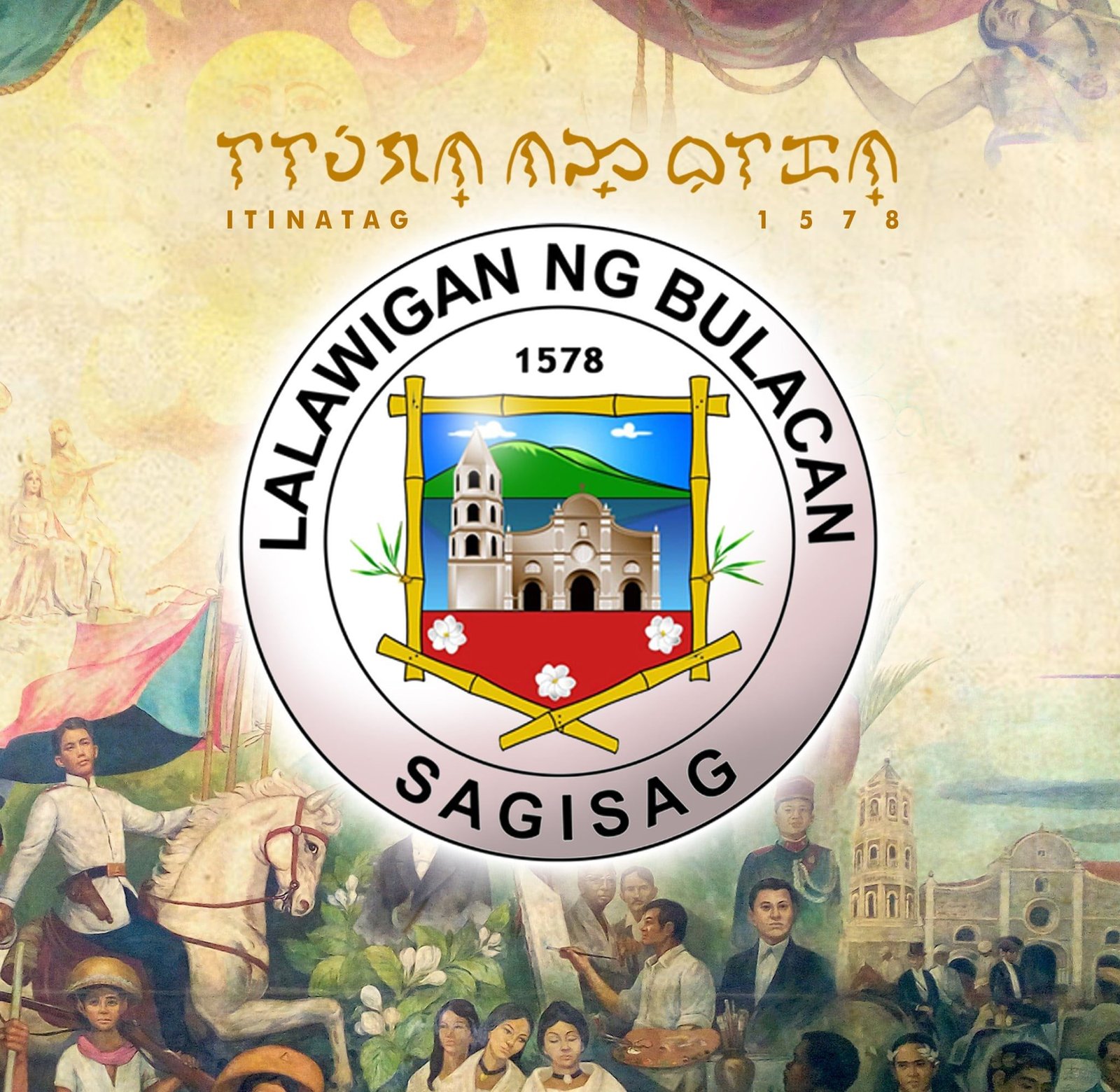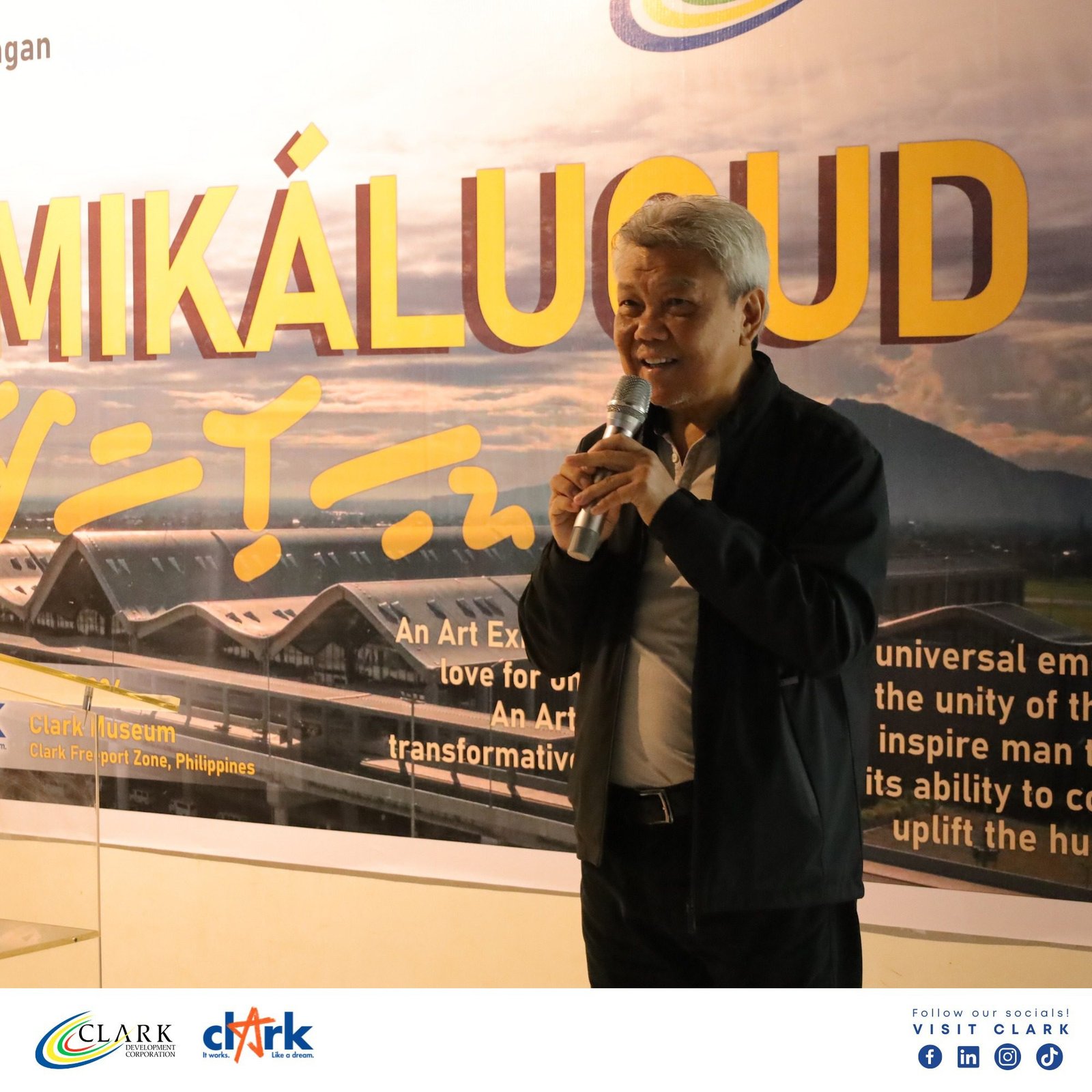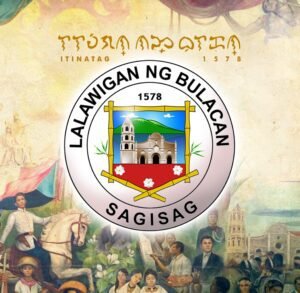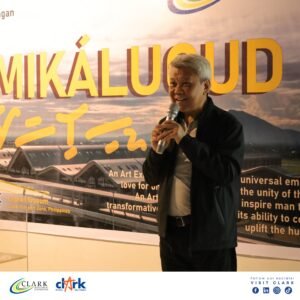The Department of Environment and Natural Resources (DENR) and National Aeronautics and Space Administration (NASA) jointly launched scientific research flights to address air quality issues in the country.
Airborne and Satellite Investigation of Asian Air Quality (ASIA-AQ) aims to help the national government improve air quality models, provide accurate forecasts, and develop effective policies for better air quality.

DENR Secretary Maria Antonia Yulo-Loyzaga emphasized that partnerships with space agencies play a critical role since it allows the use of satellite imagery and other space science and technology applications to support the country’s development of strategies for science-based, risk-informed, ethical, and equitable stewardship of the environment.
“Data gathered from research flights will be DENR’s basis in crafting its Air Quality Programs to mitigate air quality issues that affect public health, and mitigate the effect of climate change,” she added.
The cabinet official assured that data will be openly shared during all phases of the joint mission, the conduct of joint analysis, and reporting of findings to local government units.
Under the partnership, scientists and air specialists use advanced satellite technology, ground-based observations, and airborne missions in the conduct of airborne sampling across three to five locations in the country using NASA G-III and DC-8 aircrafts.
The DC-8 aircraft carries a payload of 26 instruments for in-site sampling of atmospheric compositions including gaseous compounds, fine particles, and meteorological variables.
The ASIA-AQ Science Mission which is based in Clark International Airport runs from February 1 to 15 and has four planned research flights within the two-week period to observe the atmosphere of Metro Manila and surrounding regions.
From February 11 to 15, five engineers and air quality specialists from the Environmental Management Bureau (EMB) join NASA scientists on board the scientific research flights.
“The EMB team of young and dedicated engineers and air quality specialists will join the flights to learn and observe so we can build technical capacity and expertise,” Loyzaga shared.
The collaboration also involves the Philippine Space Agency, Manila Observatory, Ateneo de Manila University, and University of the Philippines.
ASIA-AQ is a landmark project led by NASA, in partnership with the Philippines, South Korea, Malaysia, Thailand, and the United States. (PIA 3)












